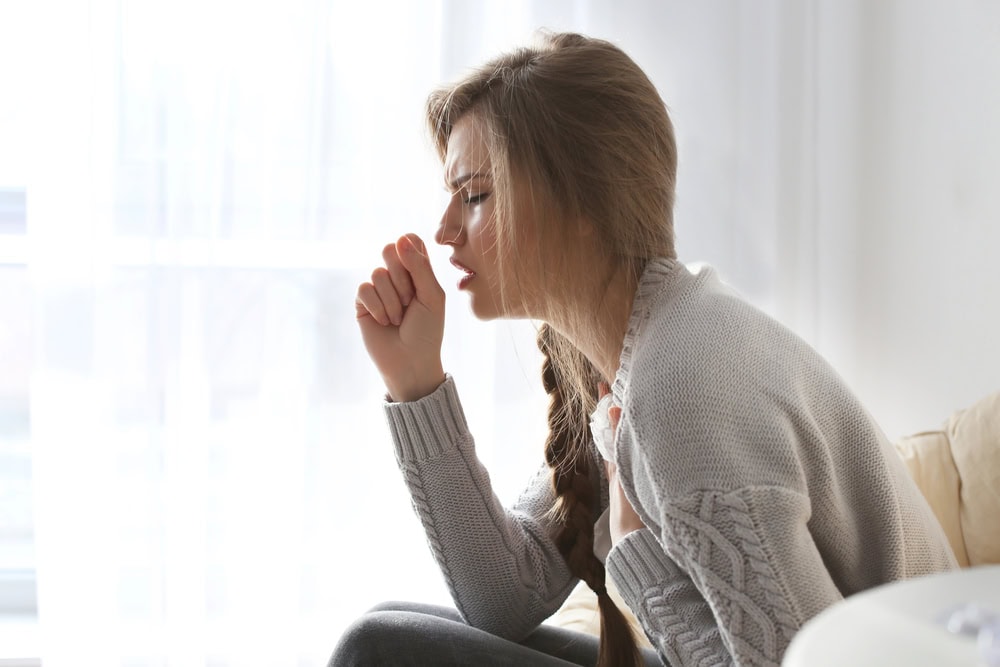Every fifth person struggles with allergies
Around 20% of Swiss people suffer from pollen allergies. But allergy triggers also lurk indoors. Here's what you can do about it.

Hazel and alder pollen are now flying, ash trees are also in bloom, and soon the highly allergenic birch will join them: The pollen season has started and the tiny insects cause allergic symptoms such as runny nose, sneezing attacks and watery, itchy eyes for every fifth person in the country. But those who escape indoors also find themselves surrounded by all sorts of substances and particles that can trigger allergies. "This problem becomes all the more weighty when you consider that we spend 90 percent of our time indoors - at home, in the office, at school, at the gym," says Dr. Georg Schäppi, executive director of aha! Allergy Center Switzerland.
The foundation is committed to a good indoor climate. On National Allergy Day on March 23, 2017, passers-by and commuters at the SBB stations in Basel, Bern, Geneva, Lausanne, Locarno, Lucerne and Zurich will receive booklets with interesting facts about allergies and tips on how to improve indoor air quality. The booklet is also available as PDF.
Mites, mold and cat saliva
Allergic diseases have increased rapidly over the past decades. Indoors, in addition to pollen dragged in in clothes and hair, house dust mites are mostly responsible for stuffy noses and puffy eyes: around 5 to 8 percent of children and adults in Switzerland are allergic to the tiny, harmless arachnids in our beds. Spores from molds also affect many people's breath. The main thing to do is to wrap the mattresses in mite-proof covers, so-called encasings, dust them thoroughly, remove mold as quickly as possible and air them regularly - ideally at night because of the pollen count. Saliva and skin epithelia from cats and dogs as well as indoor plants such as rubber trees (ficus) and cacti also cause the immune system of allergy sufferers to overreact. Ingredients of cleaning agents, building materials and paints further irritate the respiratory tract and skin.

"How we build our houses, furnish our homes, and how we live in them makes a decisive contribution to our health," says Dr. Georg Schäppi. "The experts at our foundation have great expertise in all aspects of indoor allergens. They help those seeking advice via the free advice hotline." The basic rule for a good indoor climate is to air the room vigorously for five to ten minutes two to three times a day. Keep the humidity below 45 percent and the room temperature between 19 and 23 degrees. And: Declare the bedroom a pet-free zone and do not place any plants in it.
What pollen fly today?
Those who are allergic to pollen can find out more on the website www.pollenundallergie.ch about the current status in the different regions of Switzerland. At the moment, mainly ash pollen is flying. The birch pollen season is just around the corner - those who need to take medication in preparation should start now. On the other hand, hazel and alder allergy sufferers can soon breathe a sigh of relief: the hazel and alder bloom season is coming to an end.









